What is the homeschool daily schedule supposed to be? As you get started homeschooling, you might be wondering what a day of homeschooling should be. What’s enough school work?
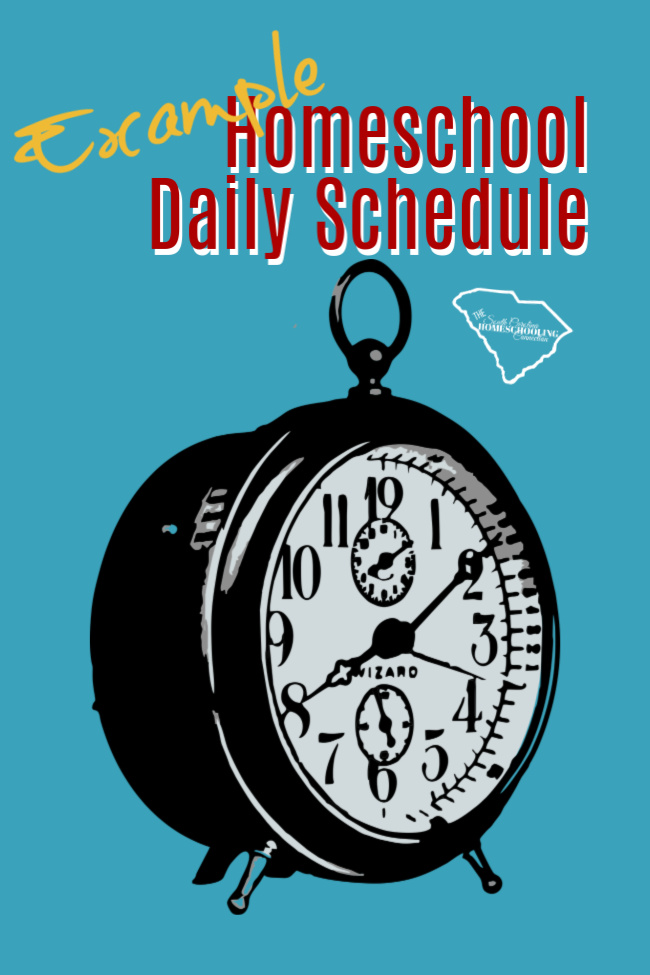
A traditional school day is 6-8 hours long. So when we start homeschooling, it feels like that is the amount of time we should be investing as well.
But, the school day includes lots of other activities that are not direct learning. Vast majority of the time involves classroom management. Taking attendance. Guiding groups of people from one activity to the next. Sometimes in other rooms, where they have to line up and go elsewhere. Collecting homework. Then, getting them all to pay attention.
Here’s an example of time it takes to get thru a lesson in school:
The learners fatigue for a long school day too. Traditional school students often come home exhausted from such a long day (and yet, they still have more homework to complete). We are not trying to replicate school at home anyway. You will burn out very quickly by trying to replicate school schedule.
Example Homeschool Daily Schedule
When you work one-on-one with a student, you can accomplish a lot more learning in a shorter period of time. Some states require that the homeschool day should be 4 hours. But, that doesn’t mean that it’s all seatwork, textbooks and teacher facilitated learning during that time. Especially for elementary school.
When my children were in early elementary, we did a basic outline of scheduled daily work:
- They read something to me (usually about 15 minutes was all they could concentrate) on that.
- They wrote something (usually copy work or dictation–also no more than 15 minutes)
- They did something for math (usually hands on activity, not a worksheet–a board game, matching socks, cooking/measuring). Sometimes also basic math facts practice.
- I read something to them–either a picture book or a chapter book. And they we did an activity that was an story extender (something in art, science or social studies).
The structured part of the school day was about two hours. At the most. The rest of the day was unstructured free play. That also counts as learning activities. Whether your state requirements include 4-hours of learning activities or not, you can document unstructured playtime.
Note: In SC, only the Option 1 homeschoolers have to track 4-hours per day. Option 2 and Option 3 does not specify how much time or subjects are required for a “day”. There’s also no designated days of the week or times during the day.


Group Activities
I would also group the children together as much as possible. There were three of them–so, it was necessary to streamline the schedule (and simplify my day). If I was reading a book, they were all required to sit there and listen to it. As they got older, we did reading circle with everyone having their own book to follow along while I read. Sometimes they would take turns reading aloud for us all. Sometimes, we would get an audio book to listen all together like that.
We often followed a story activity guide like Five in a Row or Story Stretchers. We had a map and timeline chart to place a little marker to remember the place or time of the story. We might read and re-read the picture books for several days in a row, with a different activity each day. When we got to chapter books, we did an activity (or two) to go along with each chapter.
Sometimes the activity was open ended so they would continue on their own in play. If we built a blanket fort and they would camp out in there all day. If we had a tea party and they would re-enact it for an hours.
Individual Activities
Some activities have to be individualized. I needed to hear the student read aloud–and practice decoding or fluency. But, they will fatigue for longer than 15-20 minutes (and so would I). If we didn’t schedule that in the morning, I’d surely fall asleep listening to the emergent reader. So, that was one of our “eat the frog first” activities to do in the morning.
I used 100 Easy Lessons to Teach Your Child to Read. It was “easy” in the sense that it required no preparation for me as a teacher. It was not “easy” for the students and it took us approximately 250 tear-filled lessons to get thru it. Then we moved on to “I Can Read” Level 1 reader series from the library, then Level 2. And Bob Books.
No one ever told me that I could ditch a program that was stressing us out–even though it was highly recommended (and obviously worked for others). But, I knew that it was pointless to keep pushing thru a lesson’s material when we had reached meltdown. That’s the saturation point when no more learning will occur.
We did individual math lessons most of the time. And copy work or dictation for handwriting practice. I highly recommend Ruth Beechick’s 3R’s for practical activity ideas and developmental expectations of Kindergarten thru 3rd graders. It’s a game-changer. Seriously.
You’ll have to find the right mix of structured and unstructured activities that make sense to you. Any curriculum you choose is a guide (not the master). You set the pace that makes sense for your students. You might modify that mix from time to time–adding more or less structure as you need it.
Your homeschool daily schedule isn’t going to look like at all like a traditional school day. That’s ok!
Read more about Homeschool Lesson Plan Examples:
Practical Resources:
A Home Start in Reading (Grades K-3)



![[by Siegfried Engelmann] Teach Your Child to Read in 100 Easy Lessons-Paperback](https://easyproductdisplays.com/wp-content/uploads/2017/07/buy5.gif)











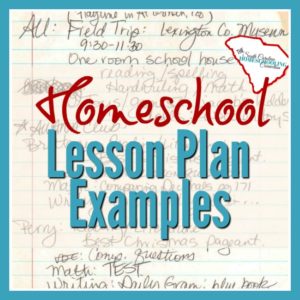




![[by Siegfried Engelmann] Teach Your Child to Read in 100 Easy Lessons-Paperback](https://m.media-amazon.com/images/I/515ESnwKiwL.jpg)





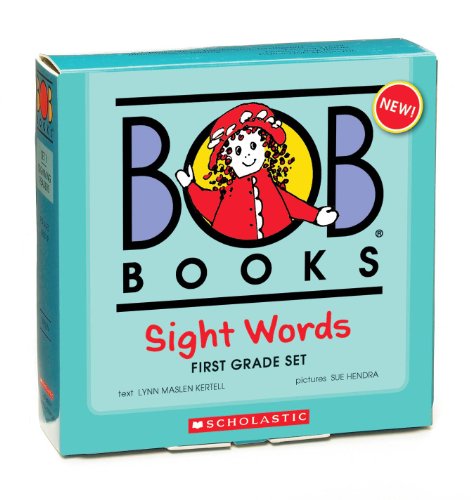




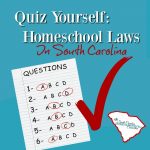 Quiz Yourself: Homeschool Laws in SC
Quiz Yourself: Homeschool Laws in SC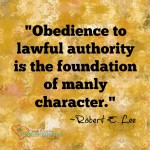 SC Homeschool Laws
SC Homeschool Laws Homeschool Hub Association
Homeschool Hub Association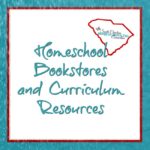 Homeschool Bookstores and Curriculum Resources
Homeschool Bookstores and Curriculum Resources
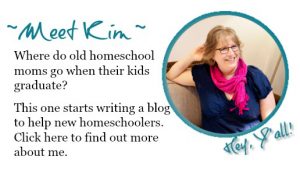



[…] Getting Started Curriculum Ideas and Daily Schedule/Routines […]